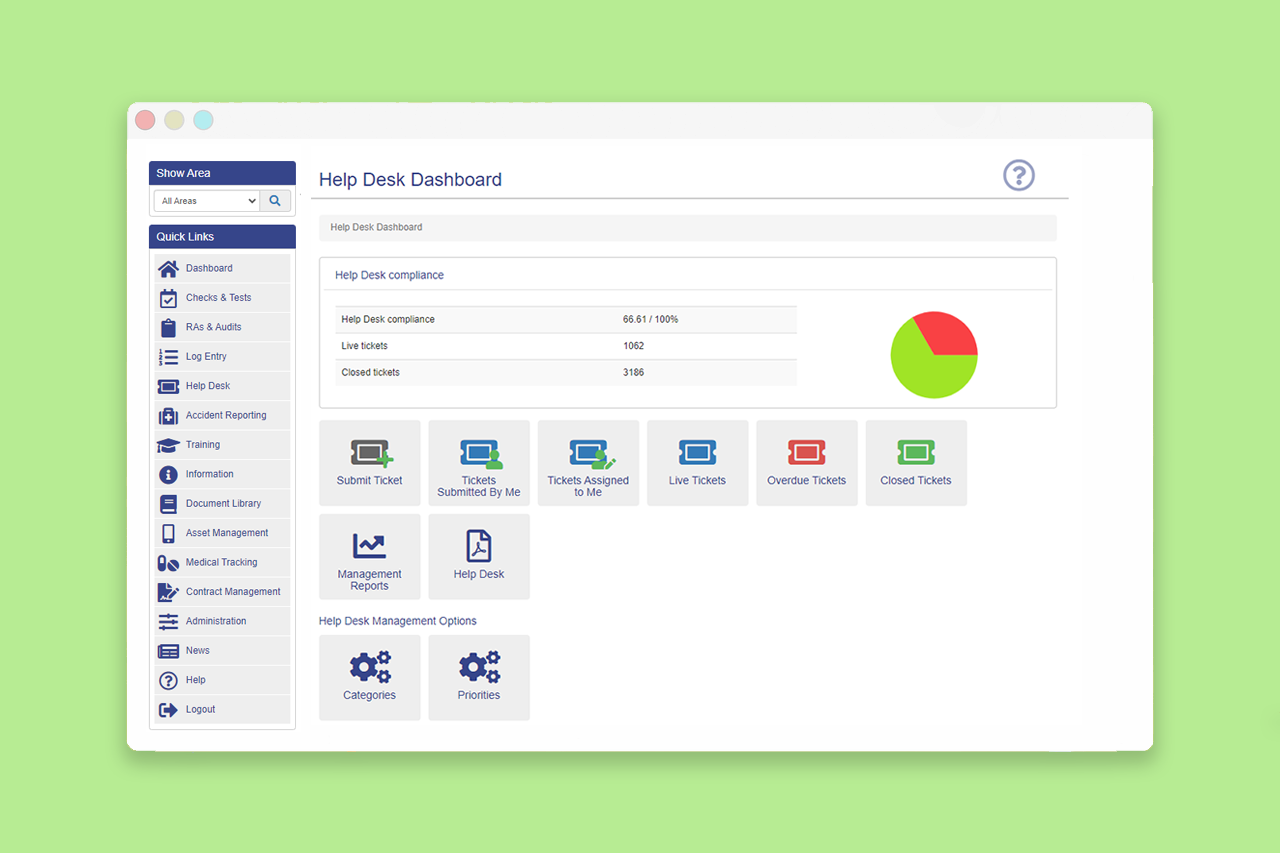Home / News / How to Perform a Health & Safety Benchmark
How to Perform a Health & Safety Benchmark

Many aspects of business are continually assessed in order to facilitate improvement and progress. However, this doesn’t universally apply and a specific area which is often overlooked is health and safety. This can be due to a variety of issues but often it’s because it can be difficult to assess the effectiveness of health and safety and therefore difficult to judge whether improvements are required. One way in which to tackle this problem is by conducting a safety benchmark, which is a method of analysis which provides useful information on a single aspect and therefore the overall state of health and safety within a company.
The benchmarking process involves the pairing of the business in question with a partner which is usually a similar company, this is known as external benchmarking. Internal benchmarking describes the same process but the company is paired with a partner from within this same organisation but from a different location. Many larger businesses will utilise both external and internal benchmarking methods in order to gain a more accurate result.
Health and safety covers a large range of topics so benchmarking usually zeroes in on a single issue on which to focus on. Normally this will be a particularly pertinent issue which demands urgent attention. A small benchmarking team can be formed with employees from different levels of the company, including managers, health and safety specialists and of course someone from the partnering business.
The next stage involves the company assessing its current situation, what’s working, what isn’t and how it’s affecting their overall health and safety. The benchmark team can and should utilise different types of information, including qualitative and quantitative data. They can also employ research methods such as questionnaires or even short interviews with staff. Special attention should also be paid to regulations.
A partner is then chosen and both organisations compare the information they have gathered. With an understanding of each other’s practices and policies, both partners can ascertain how well their health and safety issue faired against the other. This allows both businesses to gain a much better understanding of the problem in question and therefore they can develop an action plan in order to rectify any issues which may have arisen. It is worth pointing out that this exchange of information should be respectful of confidentially.
A specific individual or team of people should be given the task of implementing this action plan. The HSE have provided advice on implementation in the form of a pneumonic. ‘SMARTT’ which stands for Specific, Measurable, Agreed, Realistic, Trackable and Timebound. Contact between the partner companies should be maintained throughout this process and the overall implementation should be continually monitored. It is also worth noting that health and safety legislation is often in flux and so this should be kept in mind at all times and any changes within the law should be immediately represented within the action plan.
Health and safety can be a particularly troublesome area but many companies are adapting their strategies in order to gain a better understanding of the issue. This is particularly encouraging when compared with past approaches but it may just be that no single measure can provide a complete picture. In this instance it could be that a more multidimensional approach is required that utilises a variety of different methods.




